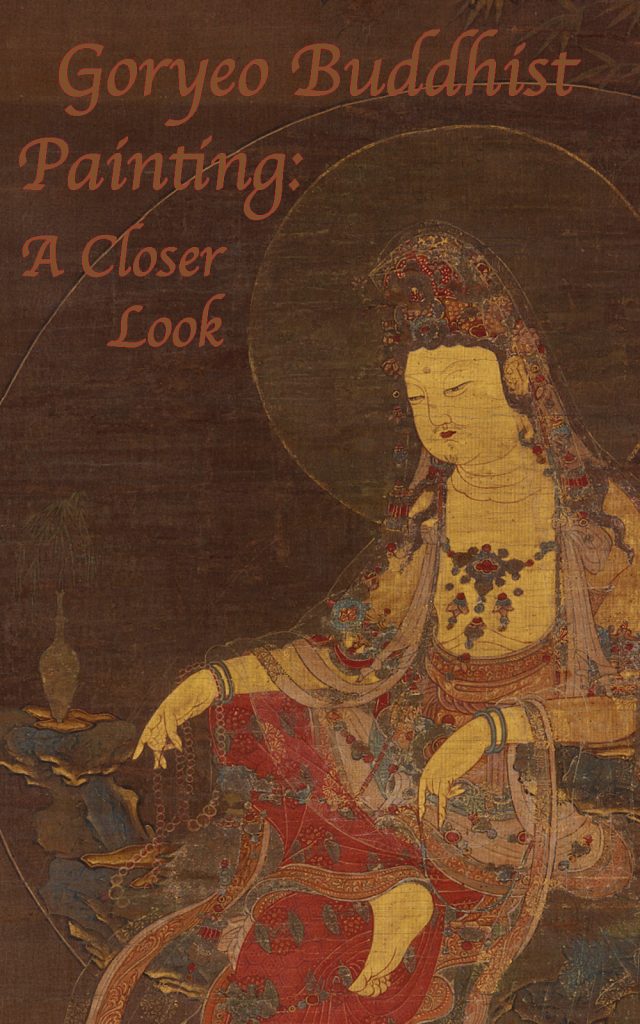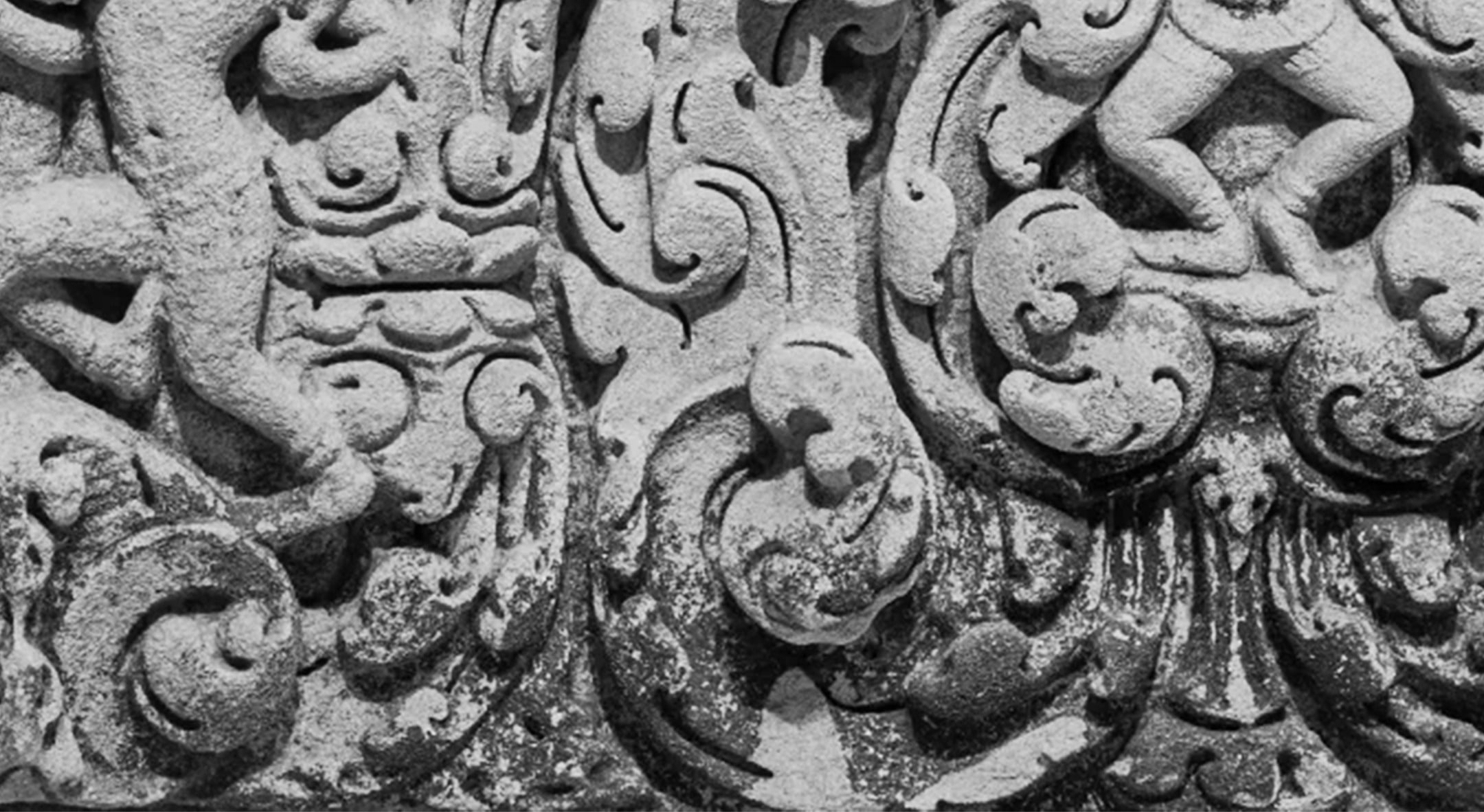February 25–May 28, 2012
-
Dates
-
Location
Arthur M. Sackler Gallery
-
Collection Area
Korean Art
Inspired by subjects and compositions originating in China, religious icons of the Goryeo dynasty (918–1392) illustrate a distinctly Korean achievement that was not duplicated elsewhere in East Asia.
Buddhism was introduced to the Korean peninsula by Chinese monks in the late fourth century CE. Within two hundred years, the faith was flourishing under court patronage that lasted nearly a millennium. The three paintings featured in this exhibition were created during the late thirteenth and fourteenth centuries, toward the end of this long era of royal support. Not made for grand temple halls, in which monumental murals were painted directly on the walls, these detailed images were intended for closer viewing in more intimate settings.
All of the icons in this show promise salvation, release from the karmic cycle, and rebirth in a Buddhist heaven, or “Pure Land.” Modern scholars believe that these images were produced both to aid private meditation and to symbolically guide mortal souls to paradise at death. For both functions, the works would have been displayed in close proximity to the believer.
The paintings’ visual appeal results from precise draughtsmanship, saturated mineral pigments, extensive use of gold, and detailed designs representing woven textile patterns. The painters added depth by simulating transparency and translucency, both by adjusting color values—as seen on Kshitigarbha’s “wish-granting jewel” and Avalokiteshvara’s crystal beads— and superimposing gauzy fabrics executed with fine networks of thin white lines. To model surfaces and make them appear more three-dimensional, the artists experimented with applying pigment to both sides of the silk surface, allowing the viewer’s eye to blend the colors and visualize more rounded forms.
Related Publication
Goryeo Buddhist Painting: A Closer Look
Author List: Chi-sun Park, Eunwoo Jeong, Keith J. Wilson
Publisher: Freer Gallery of Art and Arthur M. Sackler Gallery
Publication Date: September 2019
Exquisite silk scrolls created with ink, rich mineral pigments, and gold characterize a distinctive school of Buddhist painting that emerged in Korea under the patronage of the imperial court by the thirteenth century. Scholarship on these paintings, which are chiefly Pure Land images dominated by the Buddha Amitabha and deities associated with him, has developed quickly since the first study was presented by the Yamato Bunkakan 大和文華館 in Nara, Japan, in 1978. To help advance this research and deepen understanding of the sixteen examples in American collections, the Freer Gallery of Art and Arthur M. Sackler Gallery approached the Cultural Heritage Administration of Korea for assistance in creating this bilingual digital catalogue.

- Jump To...



